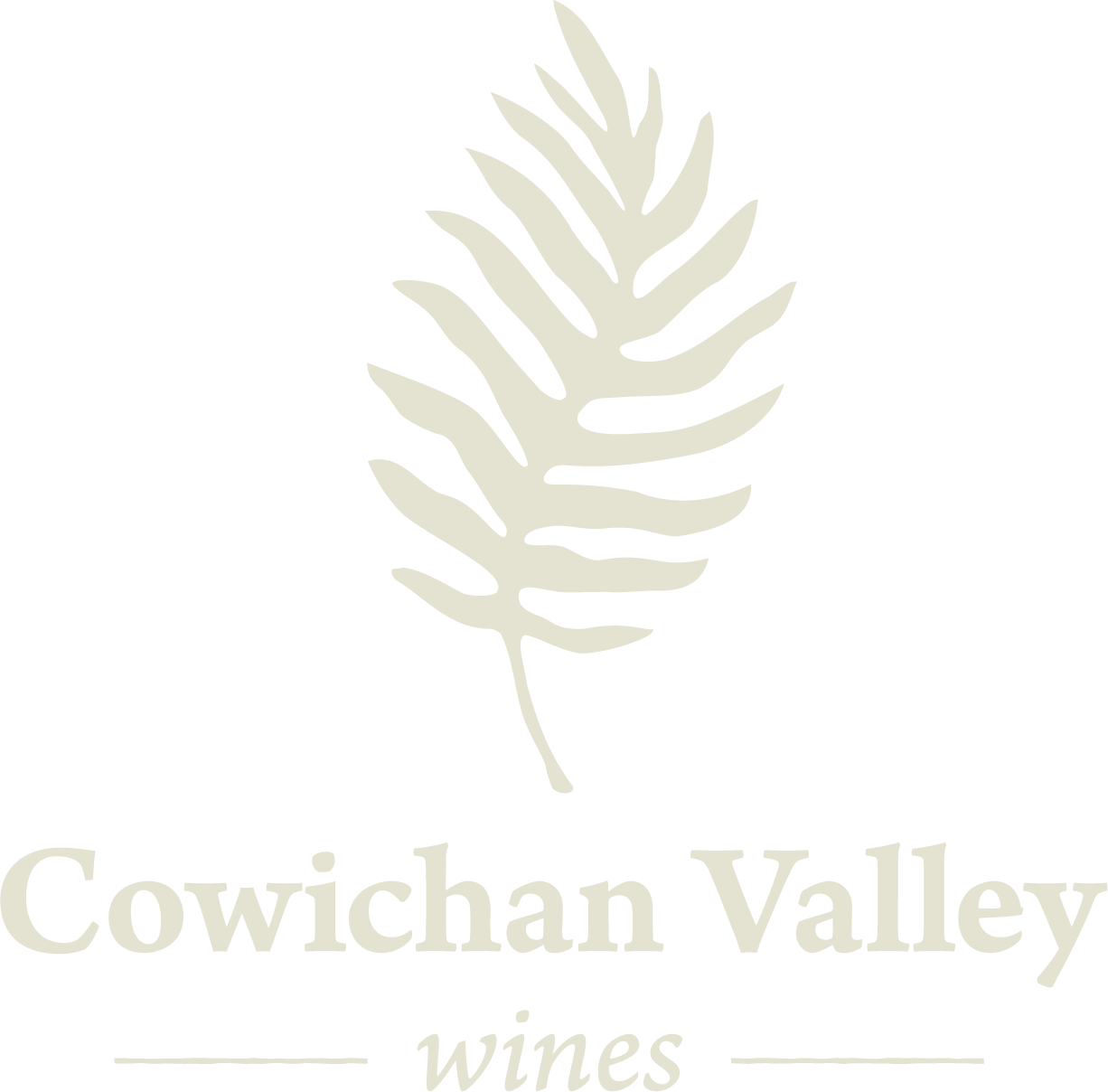
Quw’utsun (Cowichan) is rooted in the Hul’q’umi’num word shquw’utsun, which directly translated means to warm one’s back in the sun.
Experience the rich, warm culture of Cowichan.
‘Uy’ kw’unus ‘I lumnamu - it is good to see you
Many of the First Nations communities in the Cowichan region are Hul’q’umi’num peoples, who speak the Hul’q’umi’num language, within a larger First Nations group referred to as the Coast Salish People. There are two First Nations part of the Nuu-Chah-Nulth peoples who speak Ditidaht.
-

Quw'utsun
Life was honoured in spirtualty, still practised today.
You might recognize the world famous hand-knit Cowichan Sweaters – just one facet of the Quw’utsun peoples. Throughout history, the Quw’ustun Nation has modernized but still practices many traditions and ceremonies such as carving, singing, dancing and food preparation.
-

Malahat
Malahat Nation is nestled beneath a nearby mountain range commonly known as The Malahat, one of the most sacred sites on southern Vancouver Island.
Malahat people are rooted in tradition, protecting the land for future generations, yet are keen on community and economic development for their people. Malahat Skywalk is one such example of this innovation.
-

Ts'uubaa-asatx
Ts’uubaa-asatx territory stretches the entire Cowichan Lake watershed, including the height of the mountain ranges circling the lake.
The Ts’uubaa-asatx Nation - people of the lake - is a distinct tribe and innovative, progressive and prosperous nation, honouring and respecting the environment, continuing for future generations.
-
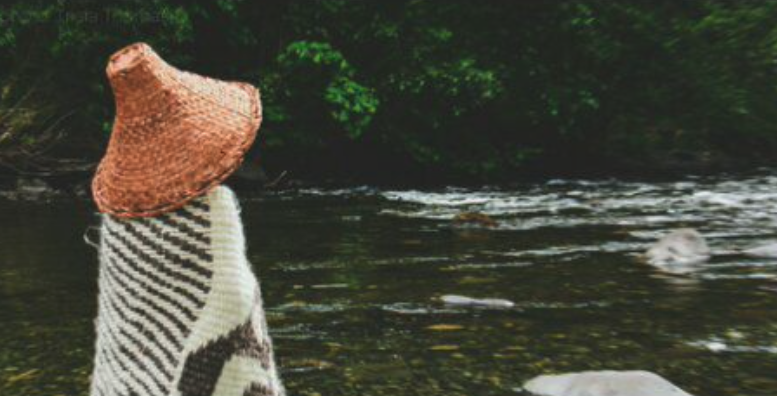
Halalt
The Halalt originate from xeláltxw, meaning marked or painted houses, referencing decorated houseposts.
The village was once where Silver Bridge crosses Cowichan River; where Cowichan (Siyóletse) and Chemainus (St’éts’en ) forefathers originated. Residents later relocated off the Chemainus River, taking the village name with them.
-

Penelakut
Spune’luxutth is a community guided by their strong culture.
Traditional language and customs are alive and celebrated and Elders are active and respected. Members are supported by a strong community that takes care of each other. Penelakut Tribe lives off the ocean, where water and land in this territory are clean and pristine.
-
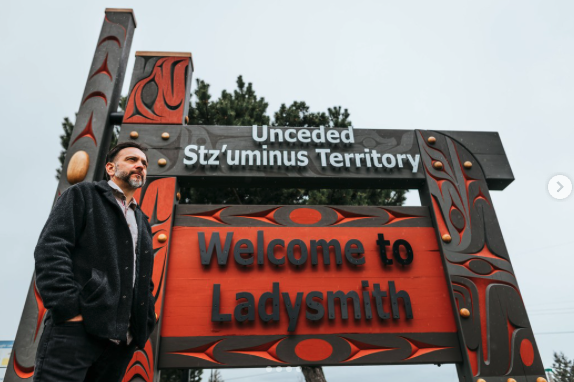
Stz'uminus
Stz’uminus are Coast Salish People who have lived around the Salish Sea for thousands of years with much of their territory bordering the Strait of Georgia and Ladysmith Harbour.
The Stz’uminus respect the past, live in the present and plan for the future, where sacred teachings guide them to provide support and inspire each other to build a prosperous and healthy Nation for today and future generations.
-
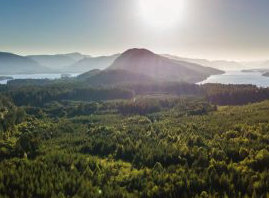
Lyackson
This Central Coast Salish Hul’q’umi’num community’s homeland is Láyksen, now known as Leey’qsun Island and descends from four main ancestors – Thi’Xvulece, Swin’yleth, Swute’se’Dick, and Shulqvilum – who established winter villages at T’a’at’ka7, Th’a’xel and Th’x we’ksen on Leey’qsun Island.
Lyackson First Nation teaches its community, “Hekw tthun sul’e’luhw,” - remember your Ancestors.
-
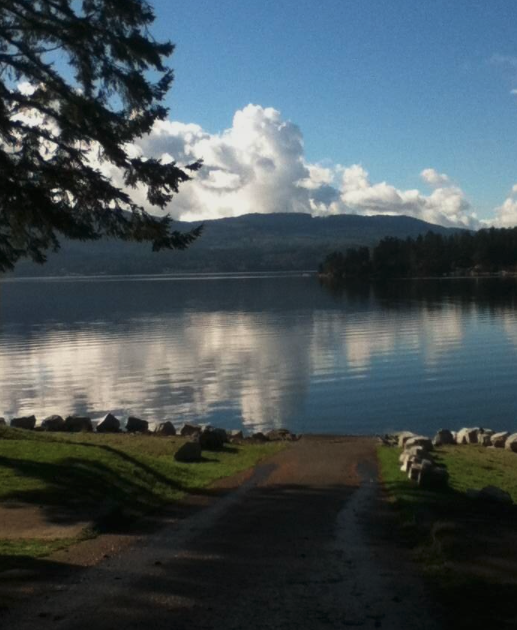
Pauquachin
BOḰEĆEN - land of the cliffs and bluffs.
Pauquachin takes pride in ȻEṈEṈITEL ȽTE, which means working together. Pauquachin was originally part of the WSANEC Nation, and is mostly concentrated on the west side of Saanich Peninsula. Pauquachin began as a small group of 14 families and many of these families are still presentin the Pauquachin community today.
-

Ditidaht
Dubayaax a ts'awalk - everything is one.
This teaching has guided the Ditidaht People for more than 5,000 years, as they have cared for and been nurtured by the rich natural and spiritual worlds, stretching from the deep forests surrounding Cowichan and Nitinaht Lakes to the Pacific Ocean. Ditidhat First Nation walks with pride and comfort between the traditional and modern worlds, embracing and protecting their strong culture.
-

Pacheedaht
Pacheedaht - people of the sea foam.
Fishing is at the core of the Pacheedaht identity and culture and the whole community comes together to harvest halibut. Traditional practices, including hunting, fishing, smudging, beading, sewing, cedar work and talking circles are celebrated by the community by being taught to youth, while Elders are knowledge keepers, who hold sacred ways of knowing, seeing, being and doing.

